Climate-proofing your garden
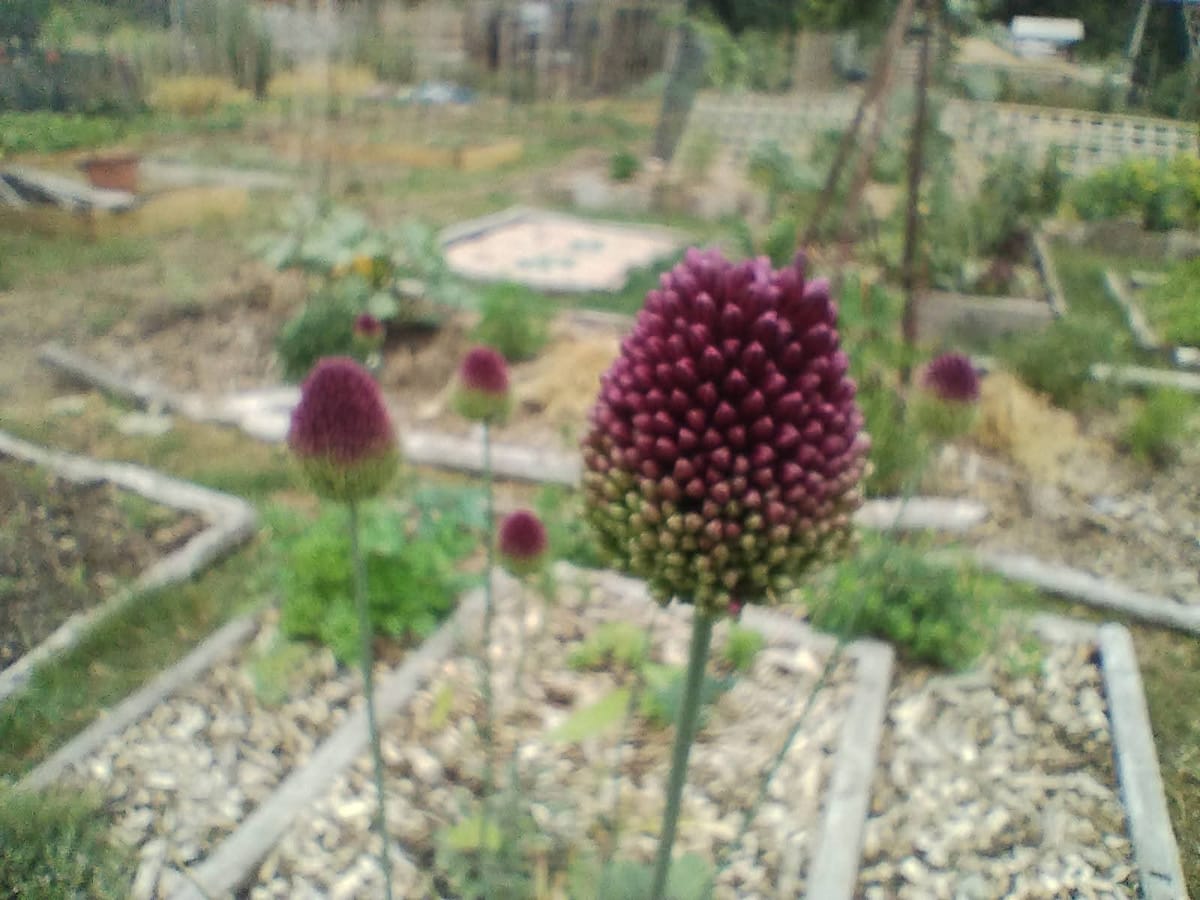
Is your garden suffering in this uncommonly hot summer? Oxford horticulturist Amandine Lepers-Thornton explains how to future-proof your planting in the age of climate change.
Imagine a typical British garden. Lush green grass, shrubs and trees looking full and beds bursting at the seams with green leaves and spires of vibrant blooms. That was before recent weather patterns started turning our gardens into a sorry scene. With this year’s drought, we have brown grass, small, frazzled-looking herbaceous plants and trees shedding their leaves two months earlier than usual. With the current hosepipe ban, endless watering isn’t an option. It’s time to rethink our green spaces and to bring in plants and practices to future-proof our gardens.
Traditionally, the British garden has been associated with large expanses of lawn and borders full of moisture-loving plants. Cottage gardens and big country estates packed with roses, lupins, delphiniums, hydrangea and phlox – to name but a few.
But these plants suffer in long hot, dry summers, especially if preceded with hot, dry springs like this year. Beth Chatto’s motto ‘Right plant, right place' couldn’t be more relevant in these circumstances. When you put moisture-loving plants in full sun, copious amounts of water are needed to keep them alive. If you really must grow these plants, site them in a shadier spot than you would have in the past.
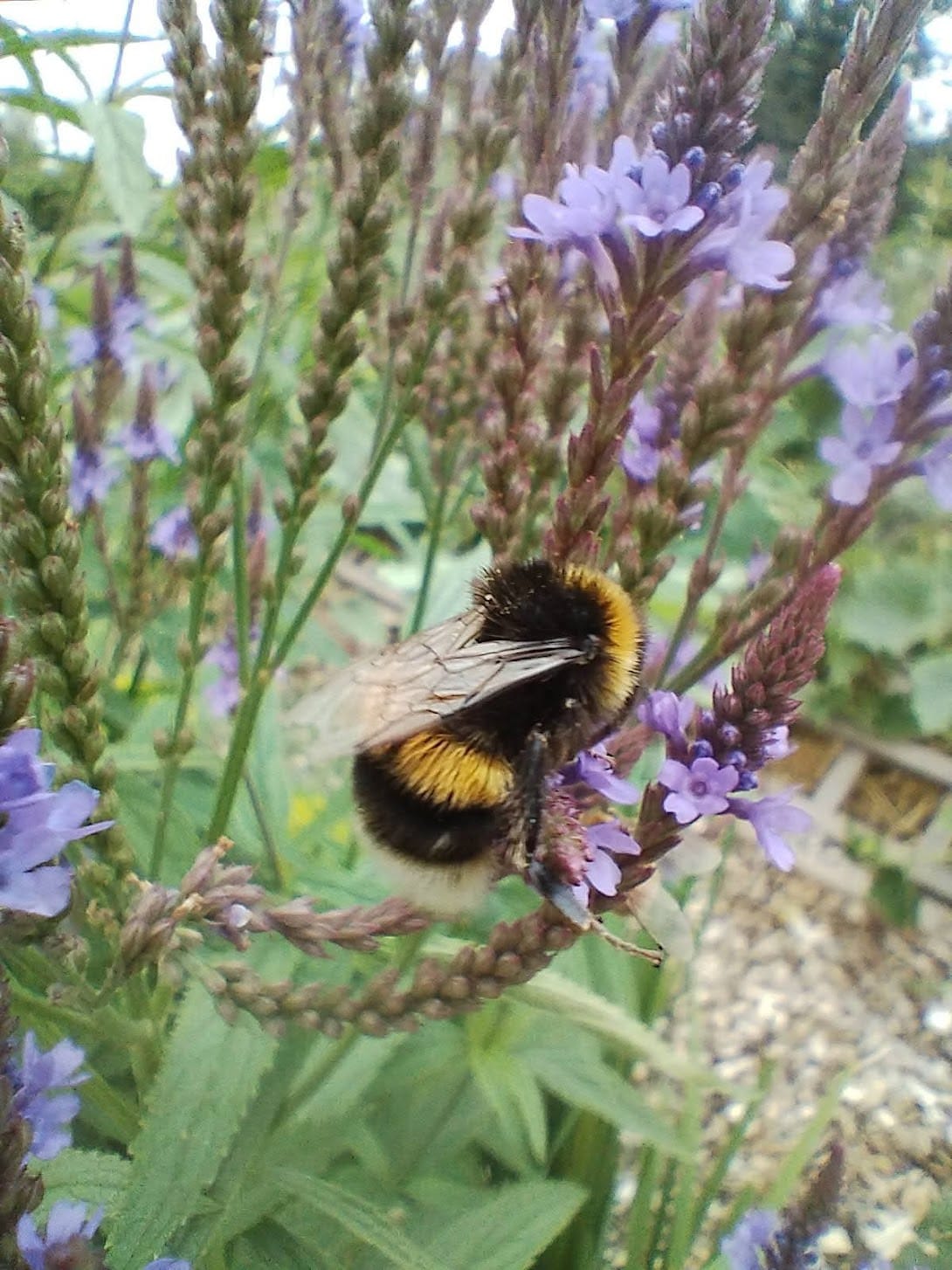

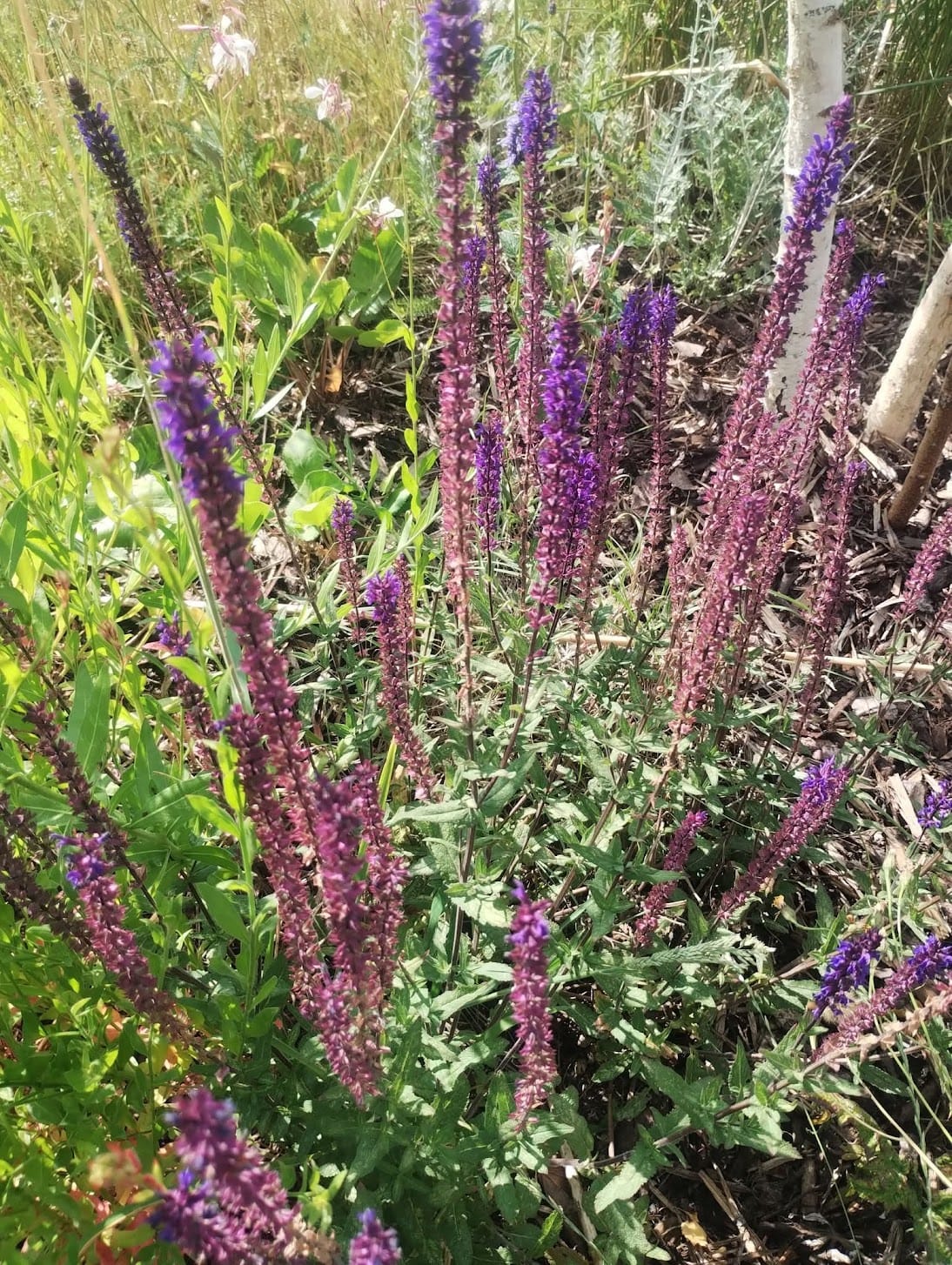
Drought resistant plants L-R Verbena hastata 'Blue Spires', Eryngium planum, Salvia 'Carradona'
The safer approach is to welcome drought-resilient plants in our sunny garden beds – check out this RHS page for design inspiration. I’d advise prioritising perennials (plants that grow and flower in the growing season, die back in the winter and re-emerge in the spring) and bulbs over annuals (aka bedding plants) as they’re able to store moisture in their roots in the wetter months while annuals need mollycoddling throughout the summer.
Salvias and Verbenas (e.g. Salvia nemerosa ‘Caradonna’ and Verbena hastata ‘White Spires’) are fantastic doers that will only need watering at planting time, and they’ll definitely look after themselves when you’re on holidays. Russian sage (Perovskia) and Gaura (Oenothera lindheimeri) love a dry spot and flower for months on end. Ornamental grasses (e.g. Stipa, Miscanthus, Molinia) cope markedly well in dry weather and add beautiful texture and movement.
And don’t forget Sedum (especially the group now known as Hylotelephium), Aster, Helenium and Rudbeckia which will keep flowering well into the autumn. Bulbs are good too – Agapanthus, Crocosmia, Gladioli, Nerine and (a favourite of mine) drumstick Allium (A. sphaerocephalon), tiny bulbs you can plant in the autumn-winter that will be covered in pollinators come summer. Cracks in paving can be filled with alpines, creeping thyme, chamomile or fleabane (Eringeron karvinsianus).
Plants suited for coastal locations, like seaholly (Eryngium) and Echinops, are incredibly tough, as are self-seeders like hollyhock (Alcea). If you like the look of lupins, opt for Baptisia instead, a perennial which was all the rage at Chelsea this year that will look interesting for longer than lupin and won’t be plagued by slugs or aphids.
For dry containers, Verbena rigida won’t need much watering and, if you’re after trailing plants that’ll cascade out of hanging baskets, variegated Nepeta, Helichrysum petiolare and creeping Jenny (Lysimachia nummularia) are ideal. Most can be dug up at the end of the season, kept dry in a greenhouse or garage and repotted in the spring, which is better for the planet (and your wallet) than buying new bedding plants every spring.
If you like annuals, instead of bedding plants, you could try things that can be direct-sown and that self-seed freely like Nigella, Nasturtium, Calendula, Cosmos and Cornflower (Centaurea cyanus). They’re all great for filling gaps and keeping pollinators happy.
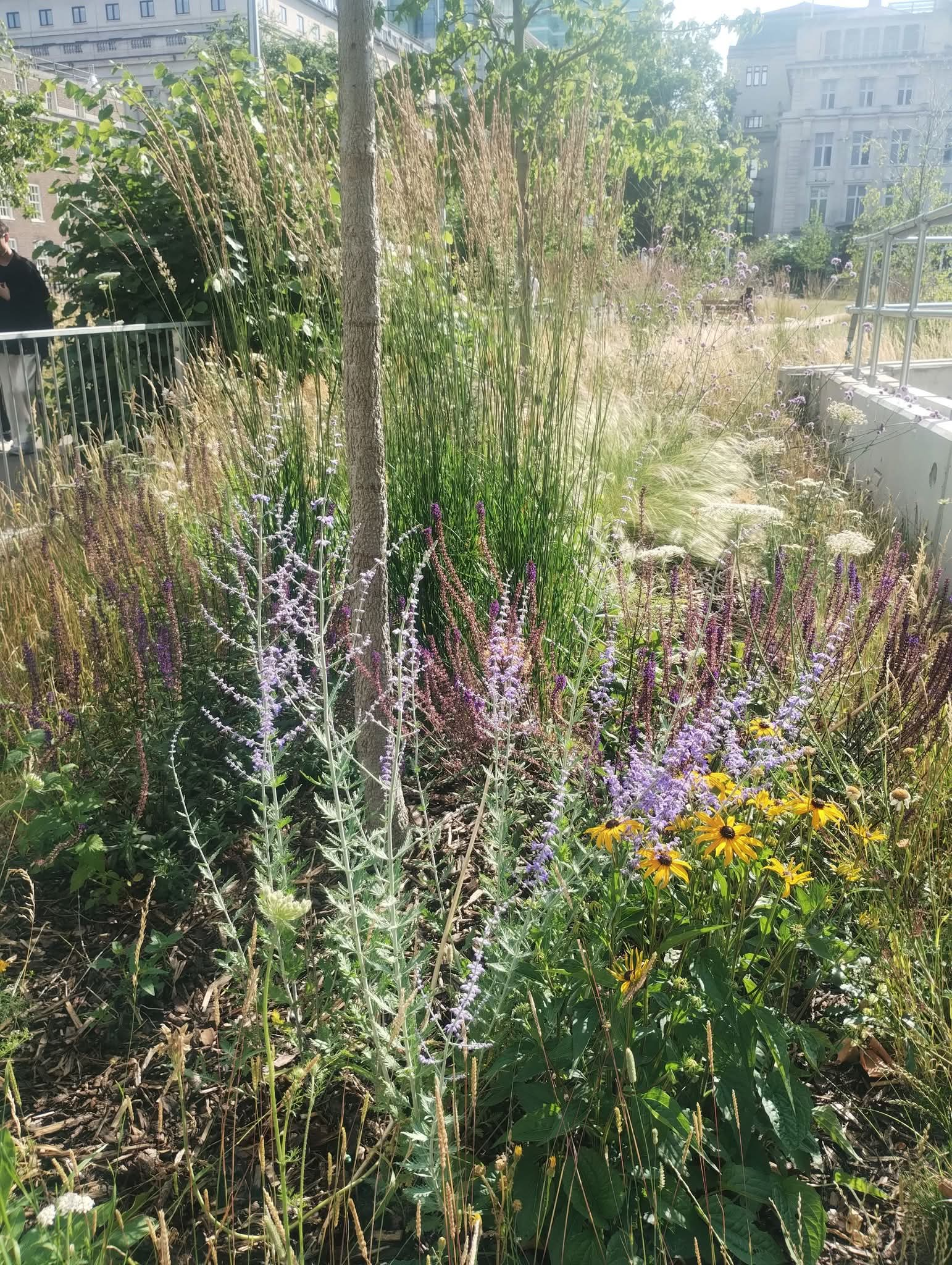
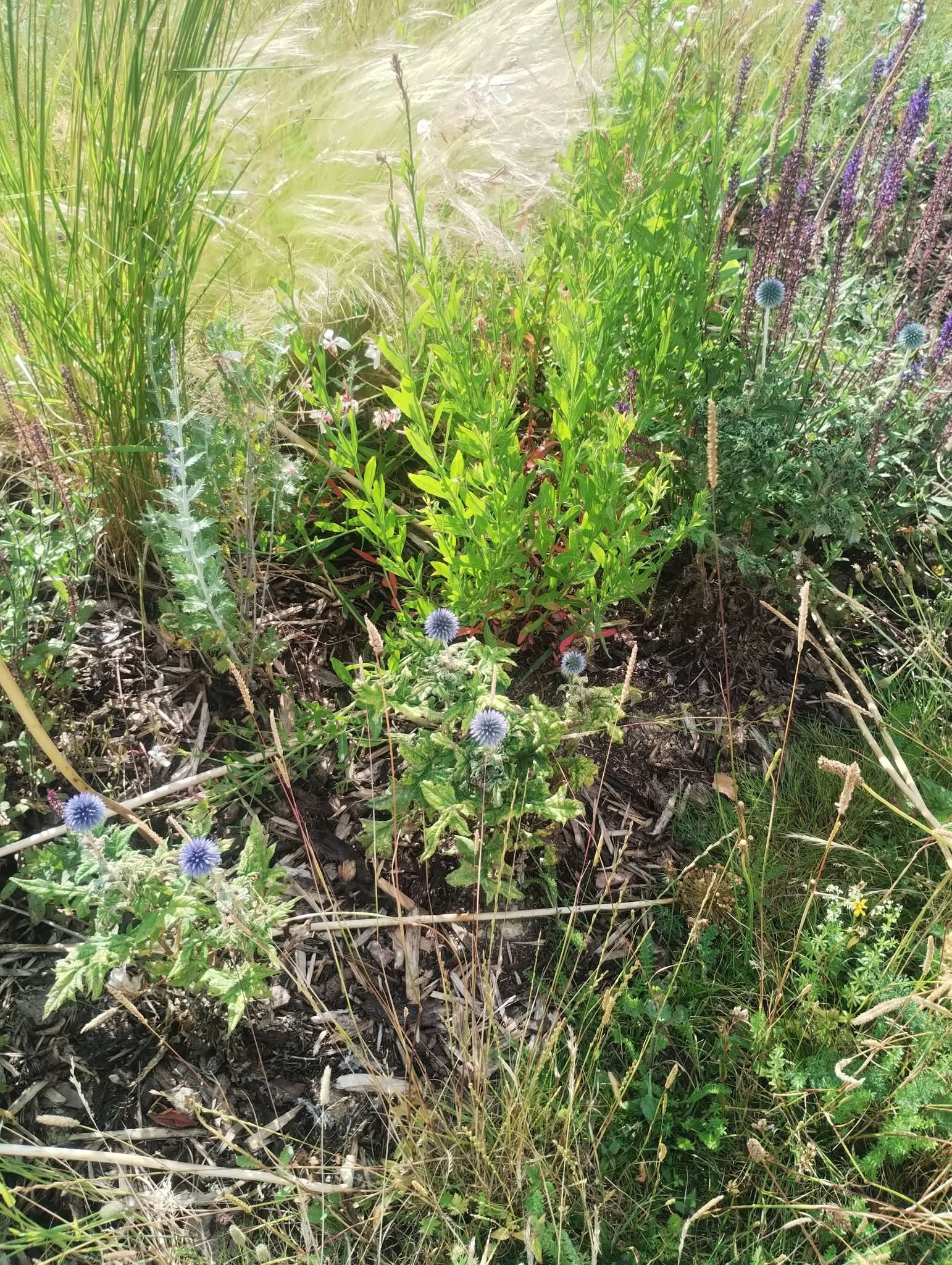

Left & centre, Euston Station's Dry Garden. Right, climate appropriate plants in Oxford's Broad Street
Beyond plant selection
Watering techniques are as important as plant selection. Don’t water grass - it’s shallow-rooted and always bounces back at the first rain. It’s best to water early in the morning or late at night and to really soak the base of plants rather than sprinkle frequently. When I plant out a thirsty plant, I sink a 9cm pot next to it and then water into the pot to water the roots not the top layer of soil.
The soil dries out very quickly during heatwaves so you’ll need something to lock moisture in. Mulches, whether organic (i.e. compost, manure, leafmould, grass clippings, woodchips) or inorganic/decorative (i.e. crushed seashells, pebbles, gravel) do a great job. Give your plants a good drink, then cover with a thick mulch to reduce evaporation. Ideally, you want to mulch during periods of wet weather - early spring or late winter.
On the topic of mulching, to help your garden cope with longer, drier spells, the best thing you can do is to look after your soil. As an organic gardener, I’m obsessed with soil and passionate about composting – rich soil rewards us with beautiful flowers and bountiful crops. In Oxford, we’re lucky to have heavy clay, a difficult soil to dig (don’t) but one that’s able to retain nutrients and moisture for long periods.
So, this autumn, when you have a list of drought-resilient plants you want in your garden, start by mulching your beds thickly with well-rotted manure or compost, then put your new plants in, and finally cover with a decorative top mulch and you’ll be amazed at how little watering you’ll need to do next year.
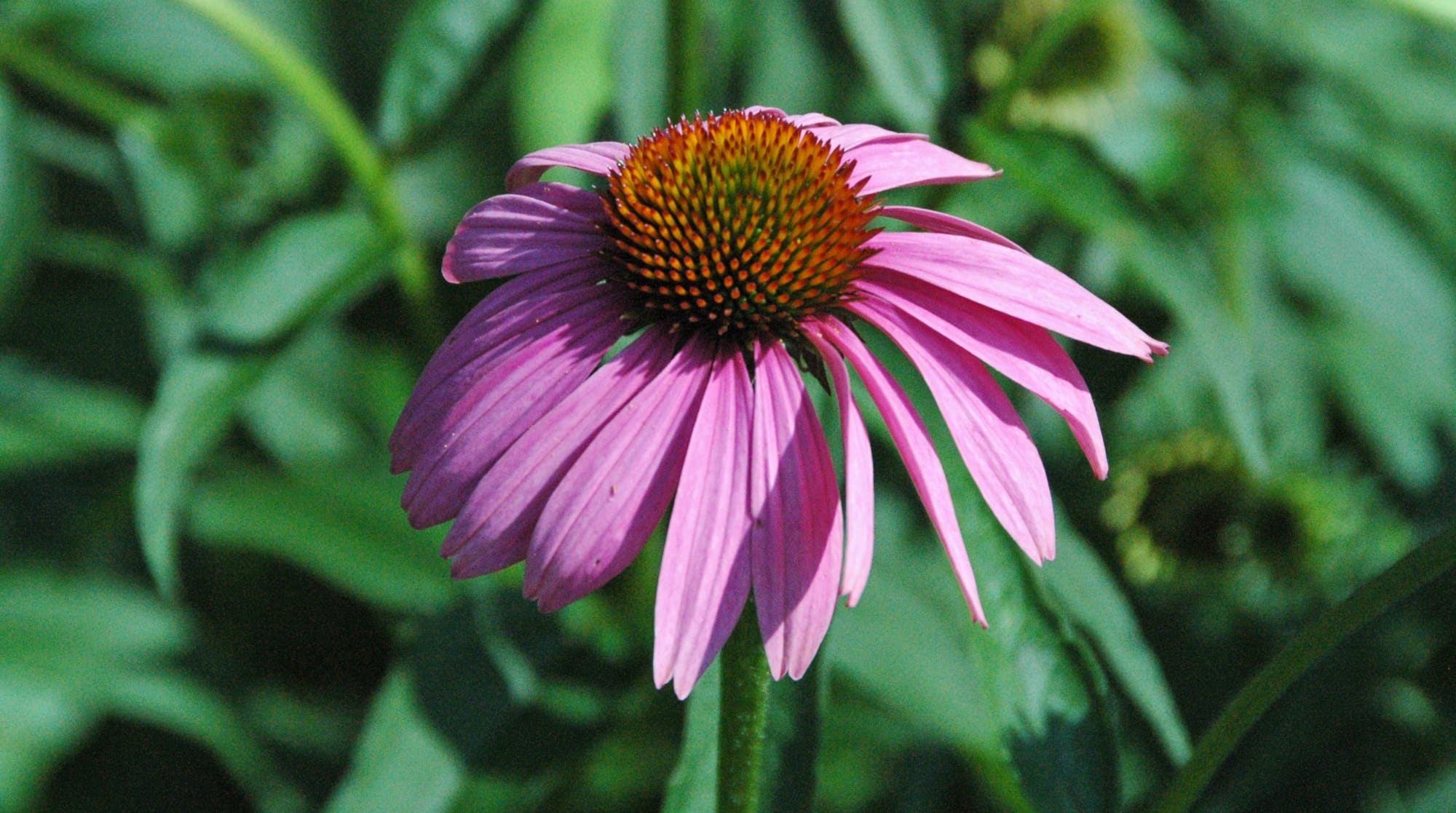
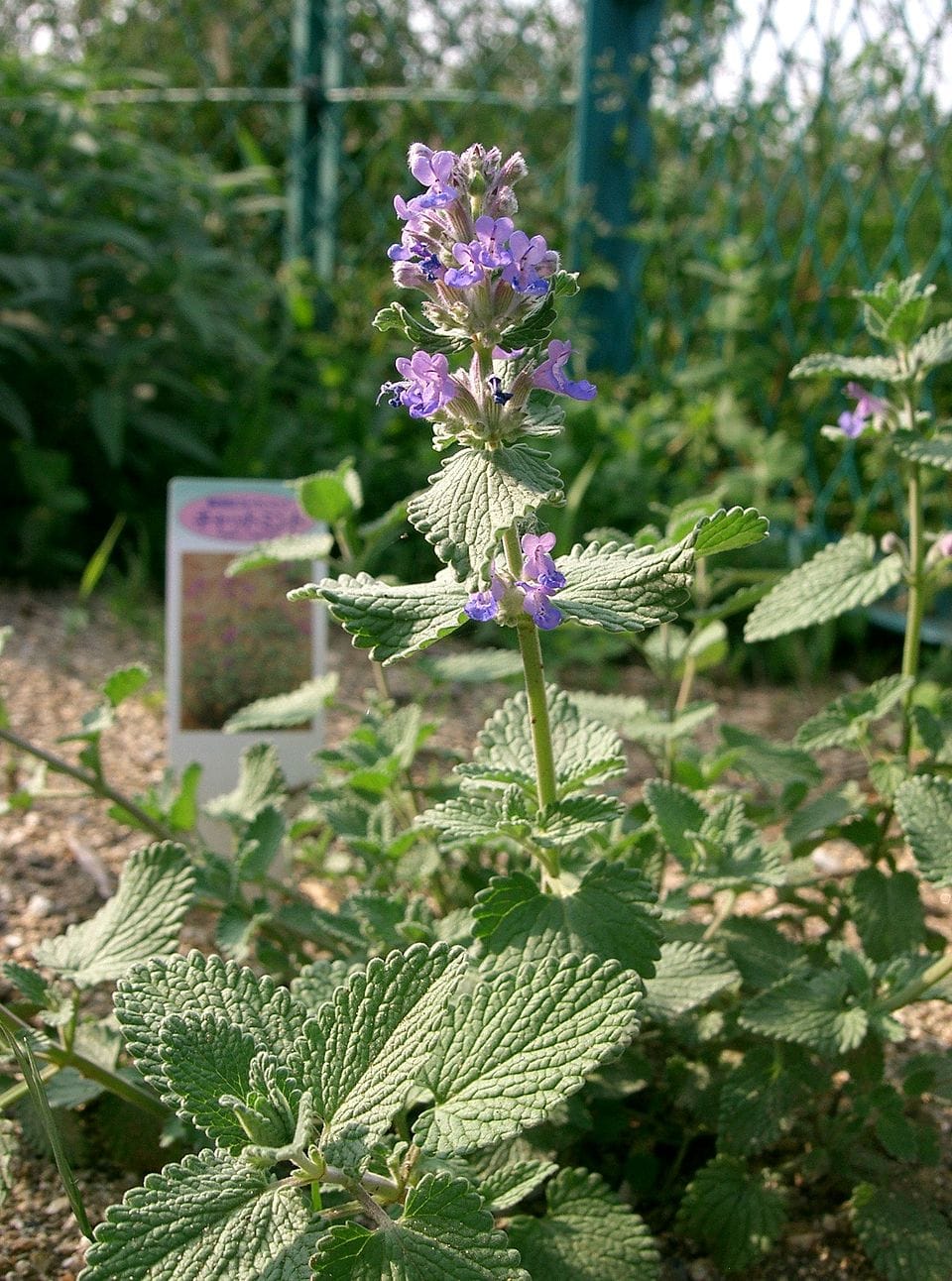

Echinacea purpurea, Catmint (nepeta), Iris Sibirica 'Berlin Purple Wine' (Wikimedia Commons)
It's not all about summer droughts
Summer droughts are often followed by wet weather in the autumn and winter. Thick mulches like woodchips will hold moisture during wet spells, which will in turn stop your drought-resistant plants from rotting in the winter. Trees are also helpful as their roots and leaves absorb water. Make sure you have as many water butts and containers to store rainwater (which is better for plants than tap water) as you manage to find space for. You could also make a pond, bog garden or rain garden and redirect excess water to these.
And the good news is there are plants that are able to cope with both dry spring-summer and wet autumn-winter. Mediterranean plants like rosemary and lavender are good candidates. Trees like Acer, Amelanchier and Liquidambar; shrubs like Choisya, Nandina and Viburnum; herbaceous plants like yarrow (Alchillea), Echinecea, Iris sibirica, catmint (Nepeta), Persicaria, Phlomis and Lamb’s ear (Stachys bizantina).
Hopefully that’s given you some food for thought to help your garden cope better with the hot summers ahead of us.
Amandine Lepers-Thornton is an RHS-qualified horticulturist based in Florence Park – her services include garden coaching, gardening classes/workshops and plant sales. She also runs Oxford Gardening Club, a group for Oxford gardeners that meets at Flo’s twice a month.
Amandine posts plant recommendations and gardening tips on her Facebook page (Amandine – Oxford Garden Coach) and can be contacted on amandine.oxfordgardencoach@gmail.com.
